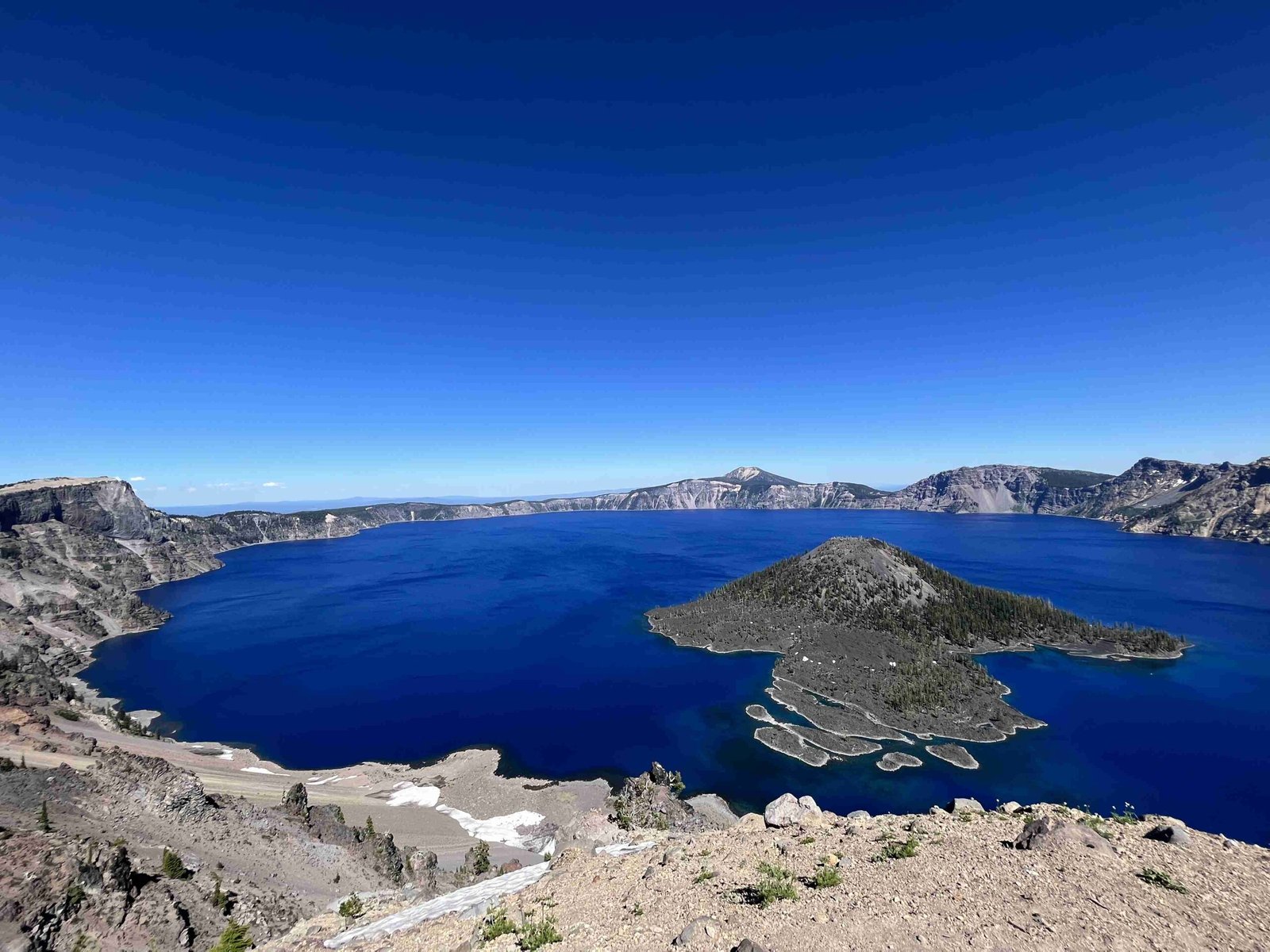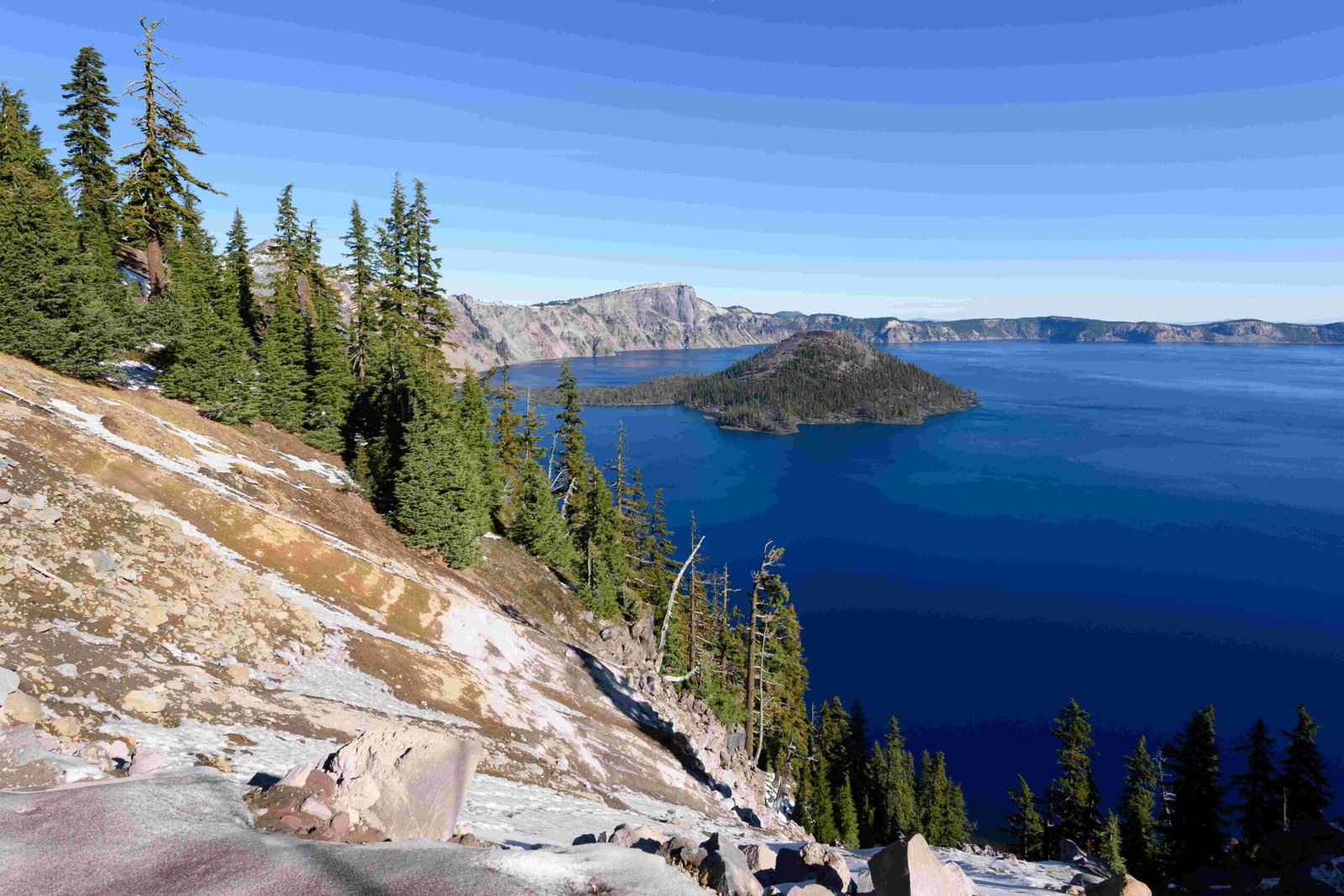Crater Lake National Park, renowned for its pristine blue waters and stunning volcanic landscape, is a natural wonder that captivates visitors from around the world. While many dream of exploring its depths with snorkels, it’s crucial to understand the park’s regulations and ecological considerations. This article delves into the reality of snorkeling in Crater Lake, alternative water activities, and the reasons behind the park’s policies to protect this unique ecosystem.
Why Can’t You Use Snorkels in Crater Lake National Park?

Contrary to popular belief, snorkeling is not permitted in Crater Lake National Park. The park administration has implemented a strict ban on snorkeling and scuba diving activities to preserve the lake’s delicate ecosystem. This decision stems from the need to protect the lake from potential introduction of non-native or invasive aquatic species, which could severely disrupt the lake’s ecological balance.
What Are the Risks of Allowing Snorkeling?
- Introduction of invasive species
- Disturbance of native aquatic life
- Potential damage to underwater geological features
- Safety concerns for visitors due to the lake’s depth and cold temperatures
What Water Activities Are Allowed in Crater Lake?

While snorkeling is off-limits, visitors can still enjoy the lake’s crystal-clear waters through other approved activities:
- Swimming (in designated areas)
- Boat tours
- Fishing (with restrictions)
Where Can You Swim in Crater Lake?
Swimming is permitted in two main areas:
- Cleetwood Cove
- Wizard Island (when boat tours are operating)
These locations are typically accessible from mid-June to mid-September, weather permitting.
How Deep is Crater Lake and Why Does it Matter for Snorkeling?
Crater Lake is the deepest lake in the United States, with a maximum depth of 1,949 feet (594 meters). This extreme depth presents several challenges that make snorkeling impractical and potentially dangerous:
| Aspect | Detail | Impact on Snorkeling |
|---|---|---|
| Depth | 1,949 feet | Rapid drop-offs, cold water |
| Temperature | 55°F (13°C) average | Hypothermia risk |
| Visibility | Up to 100 feet | Limited view of lake bottom |
What Makes Crater Lake’s Ecosystem Unique?
Crater Lake’s ecosystem is characterized by its isolation and purity. The lake has no inlets or outlets, relying solely on precipitation and evaporation to maintain its water level. This isolation has resulted in a unique aquatic environment:
- Limited number of fish species (only two native species)
- Rare algal communities
- Pristine water quality
How Does the Park Protect Crater Lake’s Ecosystem?
The park employs several strategies to maintain the lake’s ecological integrity:
- Prohibiting snorkeling and scuba diving
- Restricting boat access to authorized tours only
- Implementing strict fishing regulations
- Conducting regular water quality monitoring
What Can Visitors Do Instead of Snorkeling?
While snorkeling isn’t an option, Crater Lake offers numerous activities for visitors to enjoy:
- Hiking the rim trails for panoramic views
- Taking a boat tour to Wizard Island
- Participating in ranger-led programs
- Stargazing in one of the darkest night skies in the country
What Are the Best Viewpoints Around Crater Lake?
- Rim Village Visitor Center
- Cloudcap Overlook
- Watchman Overlook
- Phantom Ship Overlook
How Can Visitors Help Preserve Crater Lake?
Visitors play a crucial role in protecting Crater Lake’s ecosystem. Here are some ways to contribute:
- Follow all park regulations and guidelines
- Stay on designated trails and swimming areas
- Properly dispose of waste and use provided facilities
- Report any unusual activities or environmental concerns to park staff
What Future Research is Being Conducted at Crater Lake?
Despite the ban on snorkeling, scientific research continues to uncover the secrets of Crater Lake’s underwater world:
- Underwater mapping projects
- Studies on microbial communities
- Climate change impact assessments
- Water quality monitoring programs
These research efforts help park managers make informed decisions about preserving Crater Lake for future generations.
When is the Best Time to Visit Crater Lake National Park?
While snorkeling isn’t an option, the best time to visit Crater Lake depends on your preferred activities:
- Summer (July-September): Ideal for hiking, boat tours, and swimming
- Winter (December-March): Perfect for snowshoeing and cross-country skiing
- Spring/Fall: Less crowded, but some facilities may be closed
What Should Visitors Pack for a Trip to Crater Lake?
- Warm layers (even in summer)
- Sun protection (sunscreen, hat, sunglasses)
- Sturdy hiking shoes
- Binoculars for wildlife viewing
- Camera to capture the stunning vistas
In conclusion, while snorkeling in Crater Lake National Park remains a dream for many underwater enthusiasts, the park’s commitment to preserving its unique ecosystem takes precedence. By understanding and respecting these regulations, visitors can still enjoy the lake’s beauty and contribute to its conservation for future generations to marvel at its crystal-clear waters and breathtaking surroundings.
References:
1. Crater Lake Institute
2. National Park Service – Crater Lake
3. Oregon Wild – Crater Lake
4. USGS Crater Lake Data
